Story told by Joanne Kawamura. Photos by Joanne Kawamura

As an American with Japanese roots, visiting Japan always feels like stepping into a vibrant blend of tradition and innovation. The country’s ability to marry cutting-edge modernity with deep cultural heritage never ceases to amaze me. From high-tech toilets to affordable street food, Japan offers a unique experience that’s both familiar and wonderfully foreign. Here, I’ll share some of my favorite aspects of Japan that stand out: the ingenious toilets with built-in sinks, the deliciously affordable food, the artistic manhole covers, and the impeccably clean hotel rooms.
Of course, my Japanese is bad, and I don’t dress like them. Tours are great if you don’t like to plan … be a sheep and follow. Go to the front of the lines, get brief descriptions, but if you want to see something out and linger longer, you can’t do that on a tour.
Then there’s the “get that naggage out by 7, eat and meet at the lobby by 8 routine. Who wants that rigidity? On your own, depending on a person’s tolerance, there is a lot of planning. Place, train, bus connections, timetables and day of the week. Hotels, what to eat.
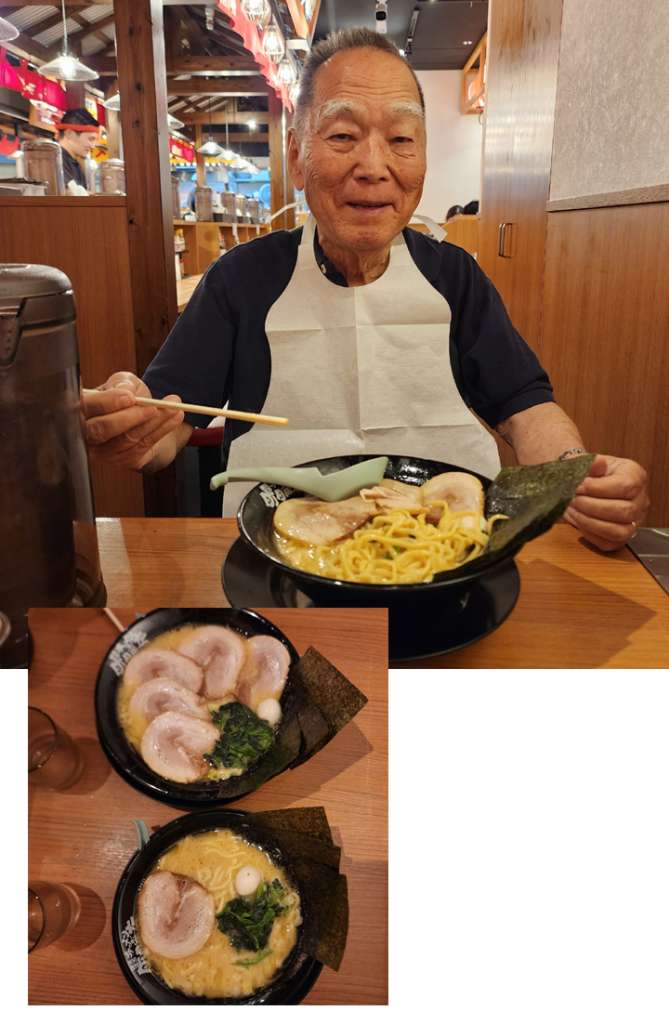
Cheap, Delicious Food: A Culinary Paradise
Japan is a food lover’s dream, and what surprises many visitors is how affordable it can be. Growing up with Japanese home cooking in the U.S., I was thrilled to discover that Japan’s street food and casual dining options are not only delicious but also wallet-friendly. Take ramen, for example. A steaming bowl of tonkotsu (pork bone broth) ramen, loaded with springy noodles, tender chashu pork, and a perfectly jammy egg, can cost as little as 800-1,000 yen (roughly $5-7 USD). Places like Ichiran or local hole-in-the-wall shops serve up these bowls with speed and precision, making it easy to eat well on a budget.
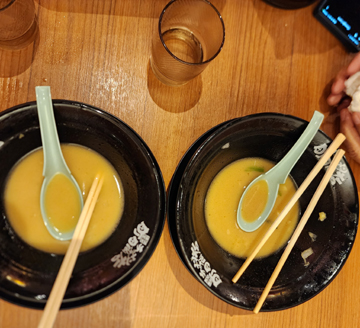
Then there’s the world of konbini (convenience stores) like 7-Eleven, Lawson, and FamilyMart. These aren’t your average American convenience stores with stale hot dogs. In Japan, konbini offer freshly made bento boxes, onigiri (rice balls), and even sushi-grade fish for under 500 yen ($3-4 USD). I’ve lost count of how many times I grabbed a katsu sandwich or a tamago sando (egg salad sandwich) for a quick, cheap, and absurdly tasty meal. Street food stalls, especially at festivals or markets like Osaka’s Dotonbori, offer takoyaki (octopus balls) or yakitori (grilled skewers) for just a few hundred yen. The quality-to-price ratio is unreal, and it’s a reminder of how Japan prioritizes accessible, high-quality food for everyone.
We went to a place called a “family style restaurant” (aka like Denny’s in the U.S.). You view a menu, order from a tablet on the table, and a robot cart brings it out. I don’t understand why it’s family style … I certainly don’t have a robot at my house!
Decorative Manhole Covers: Art Underfoot
One of Japan’s quirkiest charms is its decorative manhole covers. At first, I didn’t notice them, but once I did, I couldn’t stop looking down. Nearly every city and town in Japan has its own unique manhole cover design, often reflecting local history, culture, or landmarks. For example, in Kyoto, you might see covers featuring intricate koi fish or temple motifs, while in Hiroshima, designs often depict the Peace Dome or cherry blossoms. Some are even hand-painted, turning a mundane piece of infrastructure into a work of art.

These manhole covers started in the 1980s as a way to make utility maintenance more visually appealing, and now they’re a source of local pride. Collectors (yes, there’s a niche for manhole cover enthusiasts) travel across Japan to photograph them, and some cities sell postcards or replicas. Walking through the streets of Kanazawa, I spotted a cover with a detailed image of the Kenrokuen Garden, and it felt like stumbling upon a hidden treasure. It’s a testament to Japan’s attention to detail—beauty is everywhere, even under your feet.
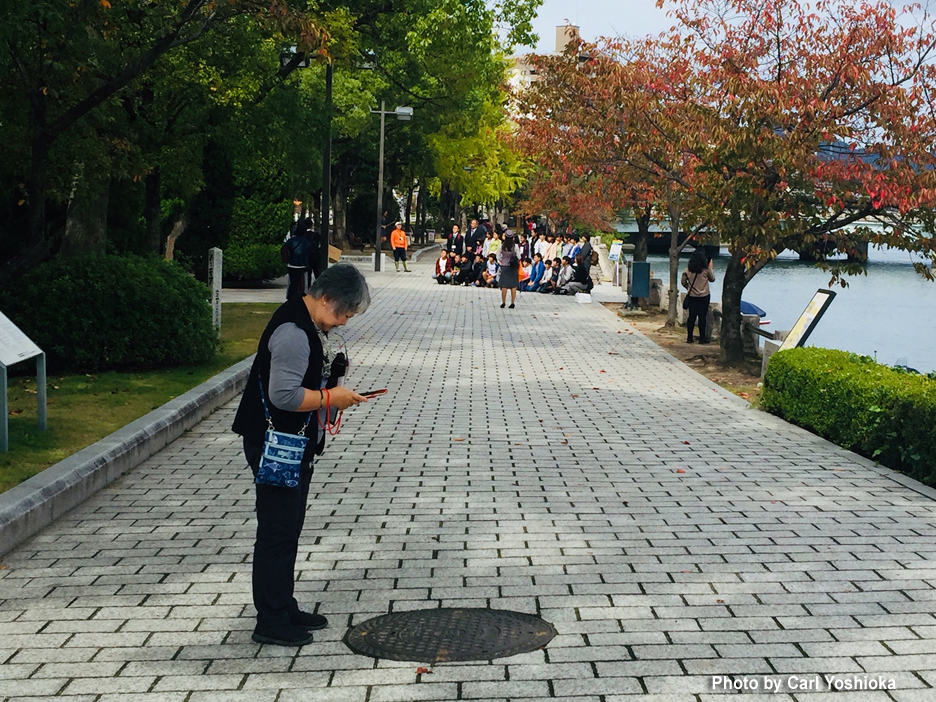
Surprisingly, some of the newer designs aren’t as pretty or as colorful as the the ones from the past. And, in case you were wondering, I do stop in the middle of walking while crossing the streets, just happy to snap up these manholes.
Artistic Train Station Steps
Even the stairways in the train stations are enchanting. Observed from the proper angle, the spaces between the steps are patterned to produce beautiful scenery. It’s no exaggeration that the Japanese make use of every space with gusto. Creativity is everywhere.
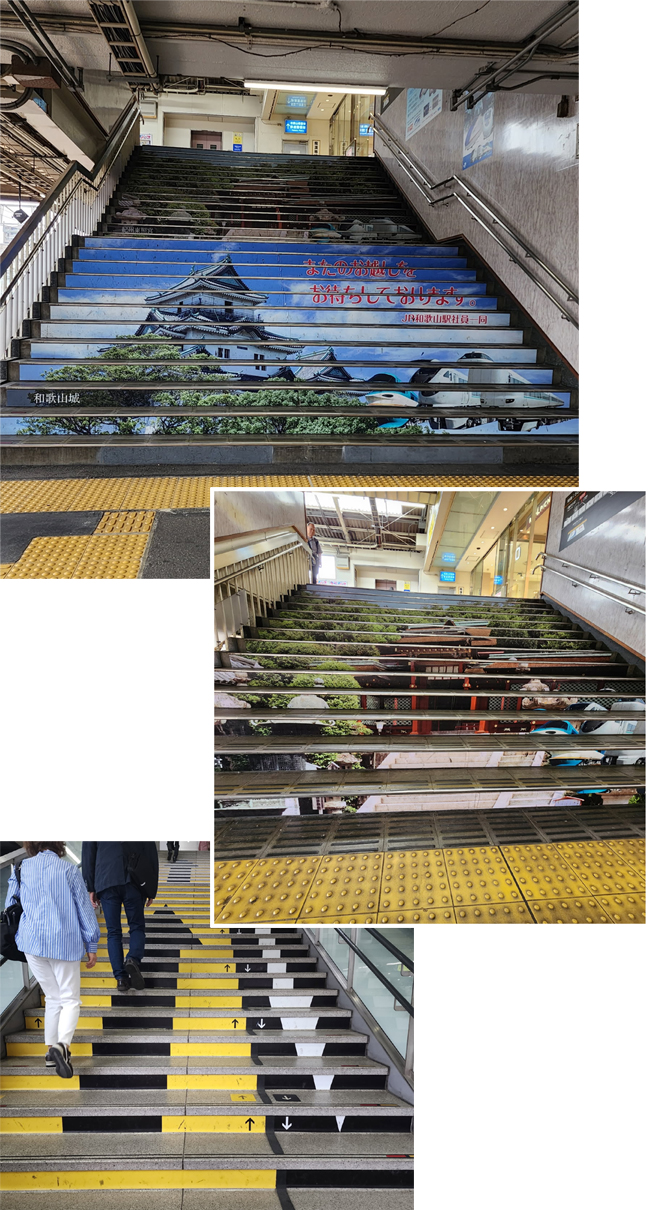


Because we had upgraded rail passes, we could reserve seats on certain trains. On the Shinkansen (omg!) the seats were like thrones, I was swallowed up in it. I couldn’t reach the foot rest. It was totally out of proportion for me.One step lower on the JR Line, the seats were larger and I could more easily reach the foot rests.
Impeccably Clean Hotel Rooms: A Standard of Excellence
I always take pictures of our room accommodations. The Hiroshima superior room was $368 a night. We were forced to get this because they were out of standard rooms which only cost $270 a night. The room we got in Fukuyama was the creme de la creme — futon beds with an amazing view. The prepaid Tokyo room was $330 a night. The Miyako Hotel in Kyoto was $200 a night.
Japan’s hospitality, or omotenashi, is legendary, and nowhere is this more evident than in its hotels. Whether you’re staying at a luxury ryokan or a budget business hotel, the cleanliness of the rooms is impeccable. I’ve stayed in capsule hotels in Tokyo and mid-range hotels in Osaka, and every time, the rooms are spotless—think pristine linens, polished floors, and bathrooms that sparkle. Even budget accommodations, like those charging $30-50 USD per night, feel like they’ve been scrubbed to perfection.
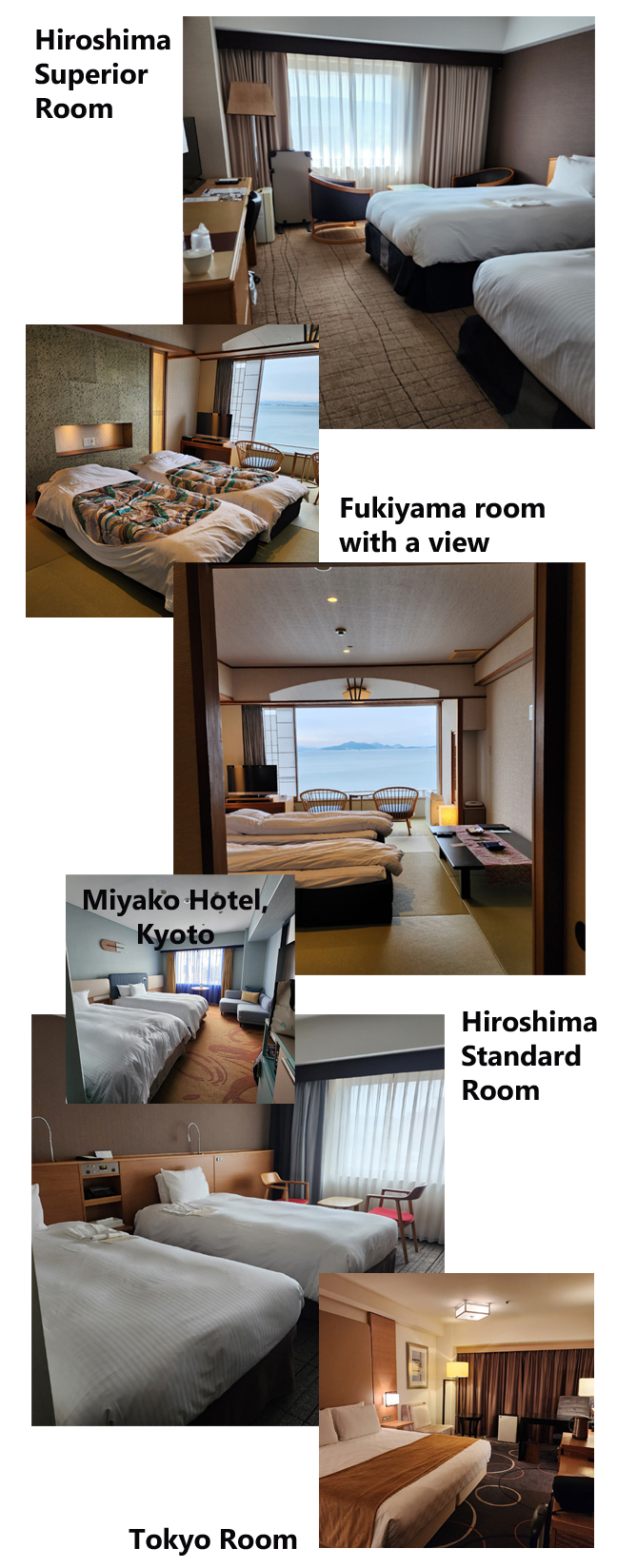
Western style vs traditional Tatami Mat Room
In Tatami Mat Rooms, you remove your shoes before entering the room to wear their slippers. The table and chairs on floor level, as well as the futon bed. One must be in “shape” to sit down, lie down and get up from the floor. But (for me) the most fascinating part is the bathroom. The toilet is in one room, the soaking tub/shower in it’s own room and the face wash basin in yet another small room! You must change slippers to go use the toiler then change back to room slippers. These slippers are always a different color. And yes, we’ve spotted guests wearing the wrong ones throughout public areas. The shower/soaking tub is in a separate room. You wash, rinse, then go soak in the hot tub. Not a drop of soap goes in that tub. (In rural areas, that water is reused to do laundry)
I’m telling you, the Japanese are fastidious in changing slippers. Years ago, we visited a factory, and to go into the restroom, there’s specific slippers all lined up, you remove your shoes, put slippers on and proceed. And some restaurants have the same policy. It’s amazing people don’t come out with new shoes!
The only reason I share the bathroom (omg, that’s a story in itself) — the sanitation, paper, bidet functions, types of flushes, slippers — enough to make you crazy the first time! Although now, with all the tourists, it’s more lax.
What’s more, the thoughtfulness extends beyond cleanliness. You’ll often find neatly folded towels, complimentary green tea, and sometimes even yukata robes for lounging. This level of care reflects Japan’s cultural emphasis on respect for guests and pride in service. For someone like me, who grew up in the U.S. where hotel standards can vary wildly, Japan’s consistency is a refreshing change.
Toilets with a Sink on Top: A Stroke of Eco-Genius
One of the first things that catches your eye (or rather, your curiosity) in Japan is the toilet. Specifically, the toto or washlet-style toilets that are practically a cultural institution. These aren’t just any toilets—they’re high-tech marvels. Many come equipped with heated seats, bidet functions, and even ambient sounds to mask, ahem, natural noises. But the feature that always fascinates me is the sink integrated into the top of the toilet tank. When you flush, water flows through a faucet on the tank, allowing you to wash your hands before the water is reused to refill the tank for the next flush. It’s a brilliant, eco-friendly design that conserves water in a country where efficiency is practically an art form. I remember my first encounter with one in a Tokyo café, marveling at how something so practical could feel so futuristic. It’s a small but perfect example of Japan’s knack for thoughtful innovation.
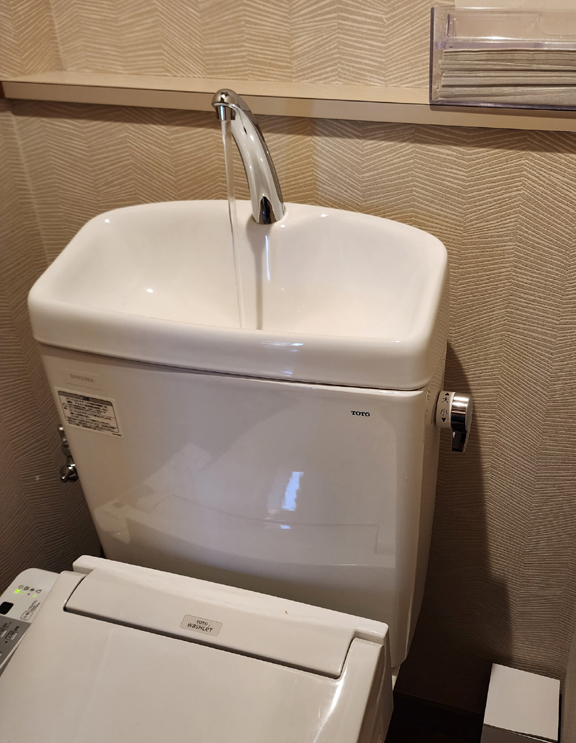
A Country That Surprises and Delights
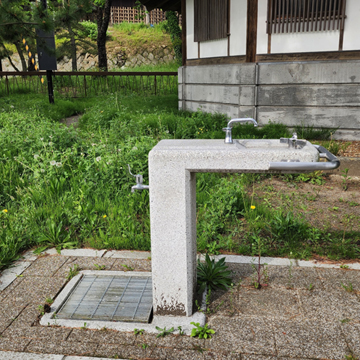
Japan is a place where the ordinary becomes extraordinary. The toilets with sinks on top showcase ingenuity and environmental consciousness. The affordable, mouthwatering food makes every meal an adventure without breaking the bank. The decorative manhole covers turn a walk through the city into a scavenger hunt for art. And the pristine hotel rooms embody a hospitality that feels like a warm embrace. As an American Japanese, I feel a deep connection to these quirks—they reflect a culture that values both practicality and beauty, tradition and progress. Whether you’re a first-time visitor or someone with ties to Japan like me, these details make every trip unforgettable.
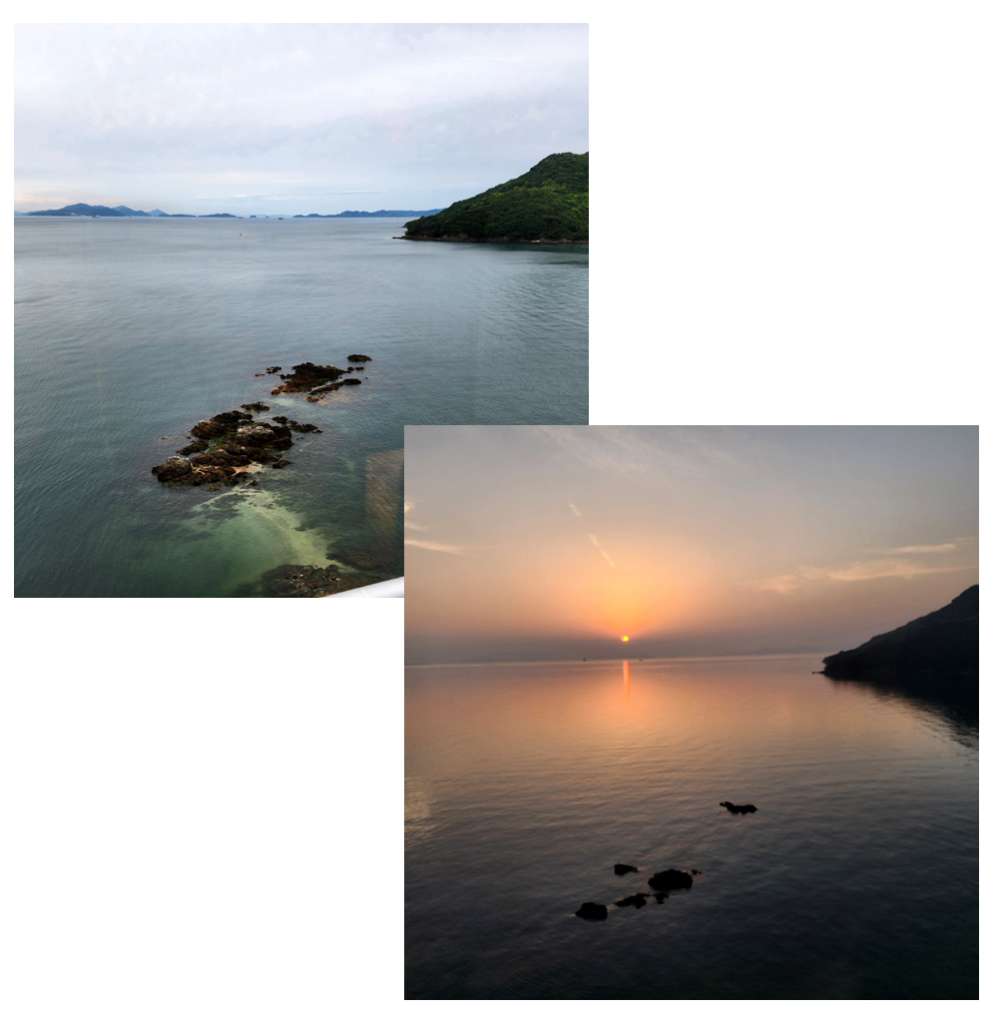
If you’re planning a visit, keep an eye out for these unique touches. They’re the little things that make Japan, well, Japan. And if you want to dive deeper into any of these topics—like hunting down the best ramen spots or finding the most stunning manhole covers—let me know, and I can dig into it for you!
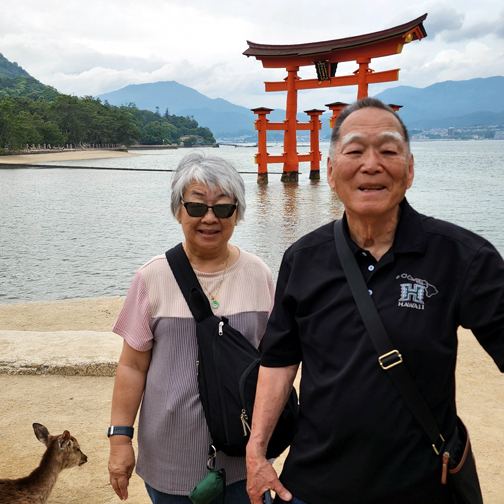
























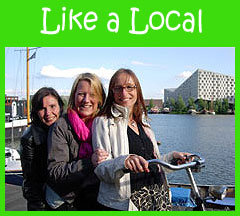











Henry
July 1, 2025 at 6:37 pm
What a wonderful, well-written commentary on your trip. Thank you very much. We can learn a lot from Japan.